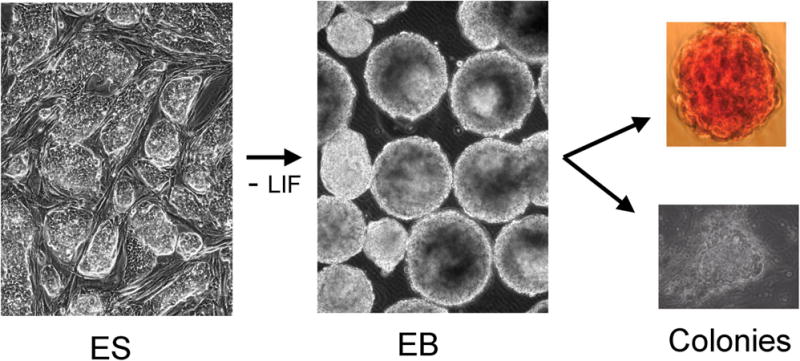Fig. 1. The ES-EB system provides a model to quantify the commitment of progenitors to specific fates.

Embryonic stem (ES) cells are grown as colonies either in defined media that promotes maintenance of stem cell identify, or as shown here on feeder cells that support stemness. When the cells are harvested and allowed to reaggregate in the absence of stemness support (removal of feeders and LIF) they spontaneously form embryoid bodies (EB) in which progenitors commit to defined fates with a temporal progression similar to normal embryonic development. At any time during EB culture, the presence of committed progenitors can be quantified. Cells are harvested and plated onto soft agar in the presence of defined media and growth factors. As illustrated here, the EBs can derive hematopoietic colonies (top panel; erythroid colonies formed in the presence of erythropoietin) or cardiac muscle colonies (bottom panel shows a beating CM focus).
